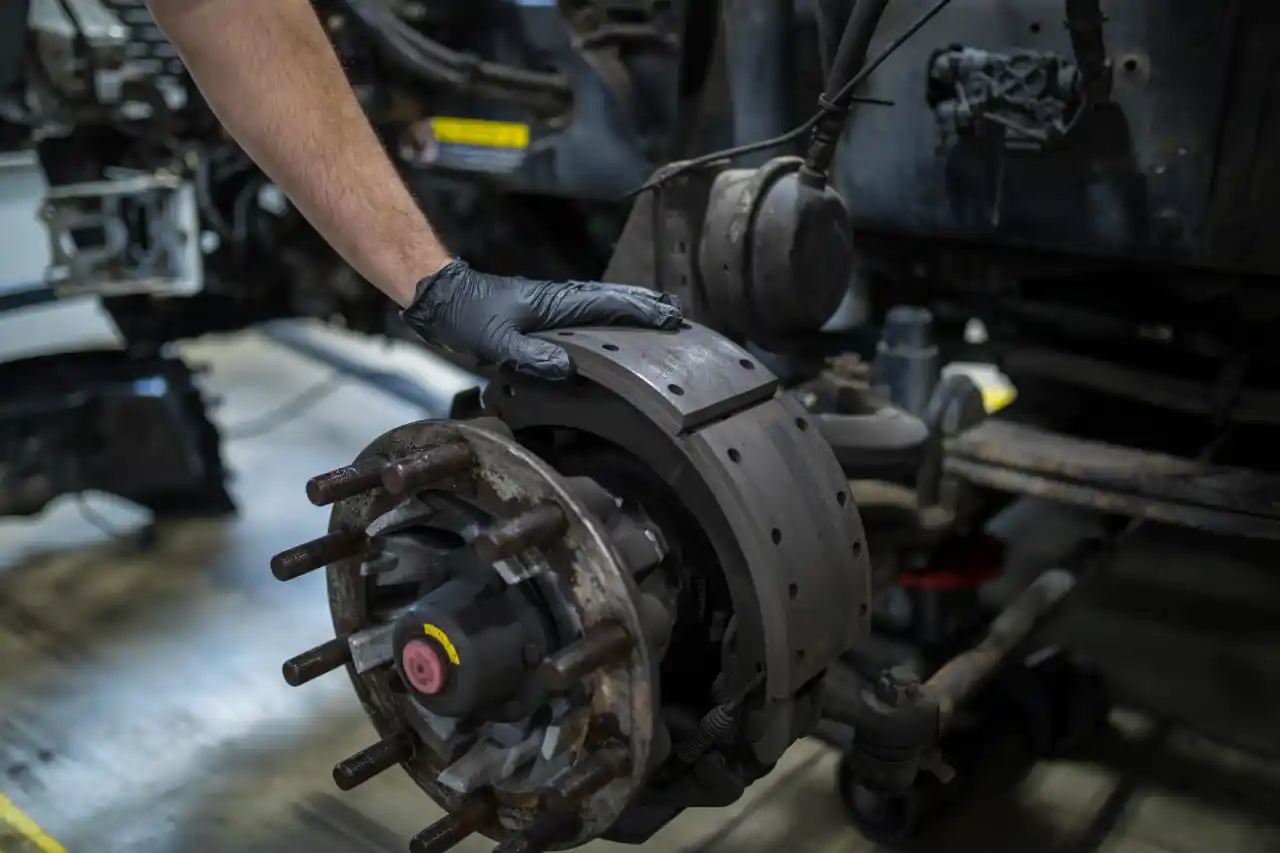The history of the automobile is a story of continuous innovation, but no area is more critical than braking technology. From rudimentary wooden blocks on early carriages to the complex electronic systems in modern cars, the evolution of braking has been a relentless pursuit of safety. This guide will walk you through the key milestones in the development of braking technology, highlighting how each advancement has brought us closer to a safer, more controlled driving experience.
The Mechanical Beginnings: Early Braking Systems
In the late 19th and early 20th centuries, the first automobiles were slow, and simple braking methods were sufficient. Initially, vehicles relied on levers to press wooden or leather blocks directly against the wheels. However, as engines became more powerful and speeds increased, it became clear these primitive systems were inadequate.
- Drum Brakes (Early 1900s): A major step forward came with the invention of the mechanical drum brake. Louis Renault patented a design that enclosed brake shoes inside a metal drum, which protected the braking surfaces from the elements. Nevertheless, these early systems were entirely mechanical and required significant physical force from the driver.
The Hydraulic Revolution: Precision and Power
The next major breakthrough was the introduction of hydraulic power, which fundamentally changed how braking force was transmitted.
- Hydraulic Brakes (1920s): Malcolm Loughead’s patent for a four-wheel hydraulic braking system used fluid pressure to transfer force from the brake pedal to the wheels. Consequently, this provided a much more powerful, consistent, and easier-to-use braking force, and by the end of the decade, it had become the industry standard.
- Disc Brakes (1950s-1960s): Even though the concept was patented in 1902, disc brakes didn’t gain widespread popularity until the mid-20th century. Unlike drum brakes, which trap heat, disc brakes use a caliper to clamp pads onto an exposed rotor. Therefore, they offered superior heat dissipation, a crucial factor for a car’s stopping power and a significant improvement over drum brakes.
The Electronic Era: Intelligent Braking
The late 20th century saw the integration of computer technology, transforming brakes from a purely mechanical function into an intelligent, adaptive system.
- Anti-lock Braking System (ABS) (1970s): First used in aircraft, ABS was a revolutionary safety feature. Essentially, it uses wheel speed sensors and a control unit to prevent wheels from locking up during hard braking. As a result, drivers can maintain steering control while braking, preventing dangerous skids.
- Electronic Stability Control (ESC) (1990s): Building on ABS technology, ESC takes safety a step further. It uses a network of sensors to detect when a vehicle is losing control or skidding, then automatically applies individual brakes to help steer the car back into the driver’s intended path. Indeed, ESC is considered one of the most significant safety advancements in automotive history.
The Future of Braking: A Glimpse into Tomorrow
Braking technology continues to evolve, driven by the rise of electric and autonomous vehicles.
- Regenerative Braking: In hybrid and electric vehicles, regenerative braking uses the electric motor to slow the car, converting kinetic energy back into electrical energy to recharge the battery. This not only saves energy but also reduces wear on the traditional friction brakes.
- Brake-by-Wire: Finally, the future points toward “brake-by-wire” systems, which eliminate the mechanical connection between the brake pedal and the braking components, using electronic signals instead. This allows for faster, more precise control and opens the door for advanced features like automated emergency braking (AEB) and a seamless integration with self-driving technology.
Conclusion: From Simple to Smart
The journey of braking technology from simple friction blocks to highly intelligent, computer-controlled systems reflects a continuous commitment to safety and performance. Ultimately, each innovation has built upon the last, making our cars not only faster but also significantly safer. Therefore, appreciating this evolution helps us understand the importance of modern brake maintenance and look forward to even greater advancements on the horizon.



